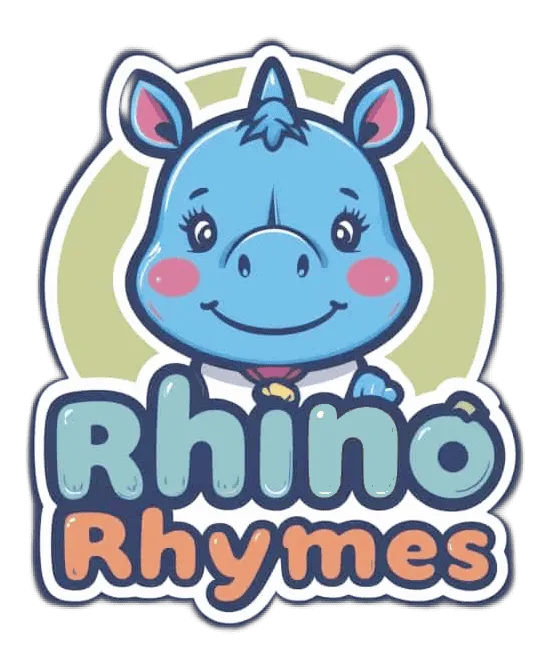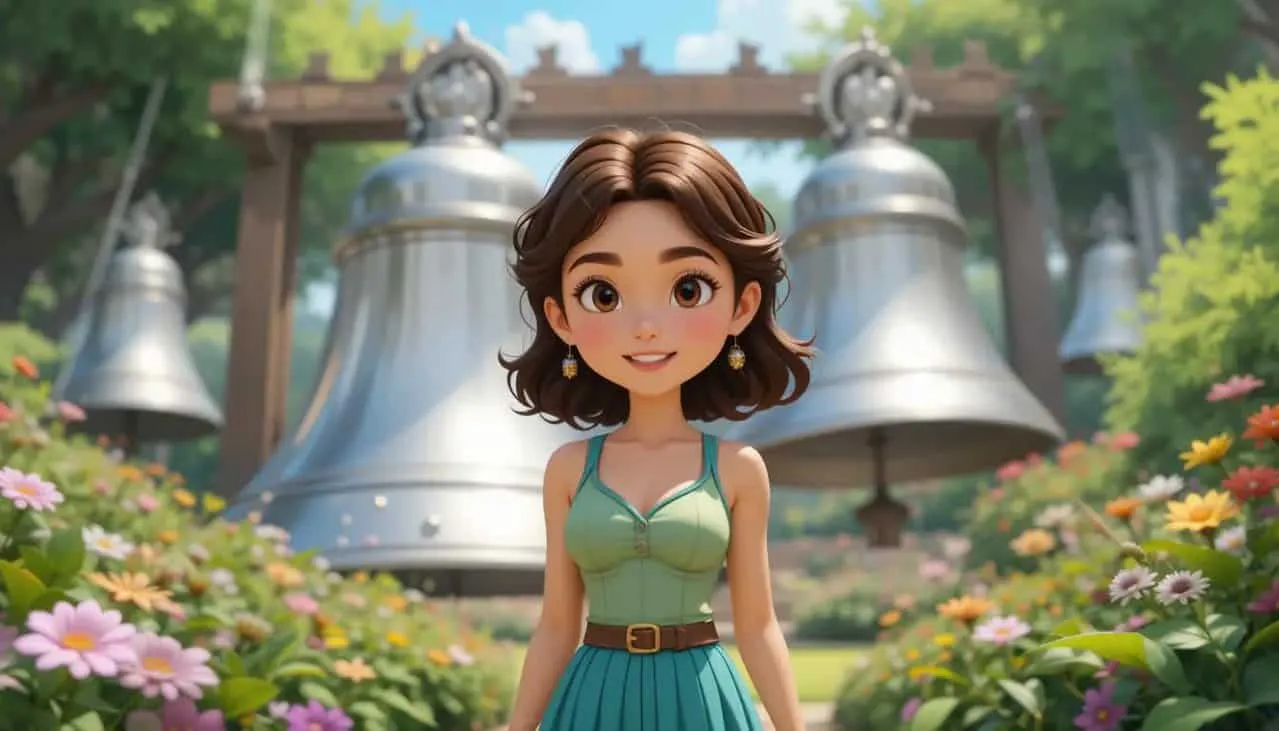“Mary, Mary, Quite Contrary” is one of the most enduring and enigmatic nursery rhymes in the English language. First published in “Tommy Thumb’s Pretty Song Book” around 1744, this rhyme has captivated generations with its simple yet intriguing lyrics. Despite its origins being shrouded in mystery, “Mary, Mary, Quite Contrary” has been interpreted in various ways, often linking it to historical figures and religious symbolism.
Original and Modern versions
The earliest known version of the rhyme was titled “Mistress Mary, Quite Contrary,” and it appeared in “Tommy Thumb’s Pretty Song Book,” a pioneering collection of English nursery rhymes.
Mistress Mary, Quite contrary,
How does your garden grow?
With Silver Bells, And Cockle Shells,
And so my garden grows.
Over time, the rhyme evolved into its modern form:
Mary, Mary, quite contrary,
How does your garden grow?
With silver bells, and cockle shells,
And pretty maids all in a row.Historical Interpretations
- Bloody Mary (Mary I of England): One of the most popular theories is that “Mary” refers to Mary Tudor, also known as Bloody Mary, the daughter of Henry VIII who became Queen Mary I of England. This interpretation suggests that “how does your garden grow?” could refer to her struggles to produce a Catholic heir, while “pretty maids all in a row” might allude to rumors of miscarriages or even executions.
- Mary Queen of Scots: Another theory links “Mary” to Mary Queen of Scots, who ruled Scotland from 1542 to 1567. Here, “how does your garden grow?” is seen as a metaphor for her governance, with “silver bells” representing cathedral bells and “pretty maids all in a row” referring to her ladies-in-waiting, known as the Four Marys.
- The Virgin Mary: Some interpretations connect “Mary” to the Virgin Mary, with “silver bells” symbolizing Sanctus bells used in Catholic rituals and “cockle shells” representing pilgrims’ badges.
Symbolism and Themes
- Silver Bells: These are often associated with religious rituals, such as the Sanctus bells in Catholicism or cathedral bells in general.
- Cockle Shells: These might symbolize pilgrims’ badges or, in darker interpretations, instruments of torture.
- Pretty Maids: Depending on the interpretation, these could be nuns, ladies-in-waiting, or even guillotines nicknamed “the maidens”.
- Garden as Fertility: The rhyme may symbolize feminine growth or the spread of ideas.
- Contrary Nature: Refers to someone who challenges norms, possibly a strong female figure
Cultural Impact
“Mary, Mary, Quite Contrary” has not only been a staple of children’s culture but has also influenced literature and music. For example, Frances Hodgson Burnett included a version of the rhyme in her novel “The Secret Garden,” with slightly altered lyrics. Additionally, the rhyme has inspired musical compositions, such as Archy Rosenthal’s “6 Variations and Fugue on an old Nursery Rhyme ‘Mary Mary, Quite Contrary'”.
“Mary, Mary, Quite Contrary” remains a fascinating example of how nursery rhymes can carry multiple layers of meaning, often reflecting historical and cultural contexts. Despite its disputed origins, this rhyme continues to captivate audiences with its timeless charm and the enduring mystery surrounding its true meaning. Whether seen as a reflection of historical figures or religious symbols, “Mary, Mary, Quite Contrary” is a testament to the power of nursery rhymes to evoke imagination and curiosity across generations.
Thank you for reading until the end. If you enjoyed this article, we have similar articles about popular nursery rhymes such as Georgie Porgie.

